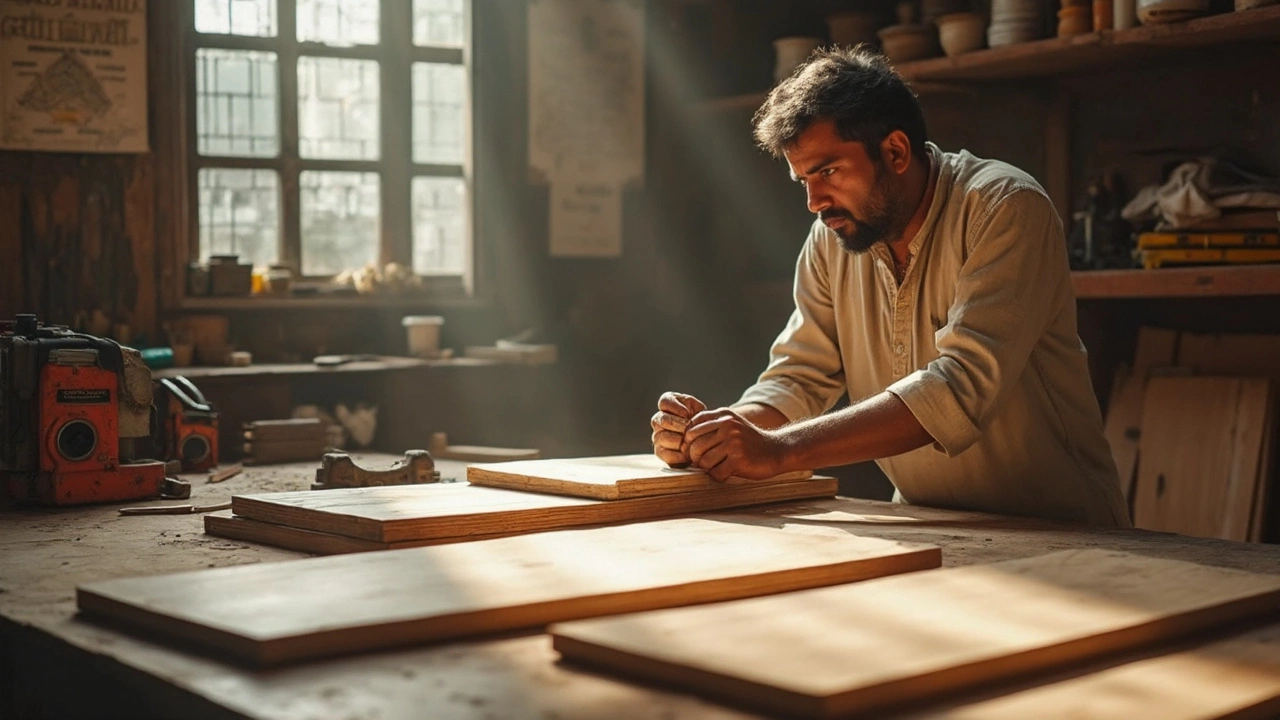
Best Board for Shelving: How to Choose the Right Material
Picking the best board for shelving isn’t as simple as snagging the first piece of wood you find. The right choice depends on strength, looks, budget, and where you’re putting your shelves. This article walks through top options—from plywood to MDF to solid wood—explaining what makes each unique. Learn which board holds up under pressure, how different boards handle weight, and the quirks that catch most people off guard. Get practical tips so your shelves last and your stuff stays safe.
View More